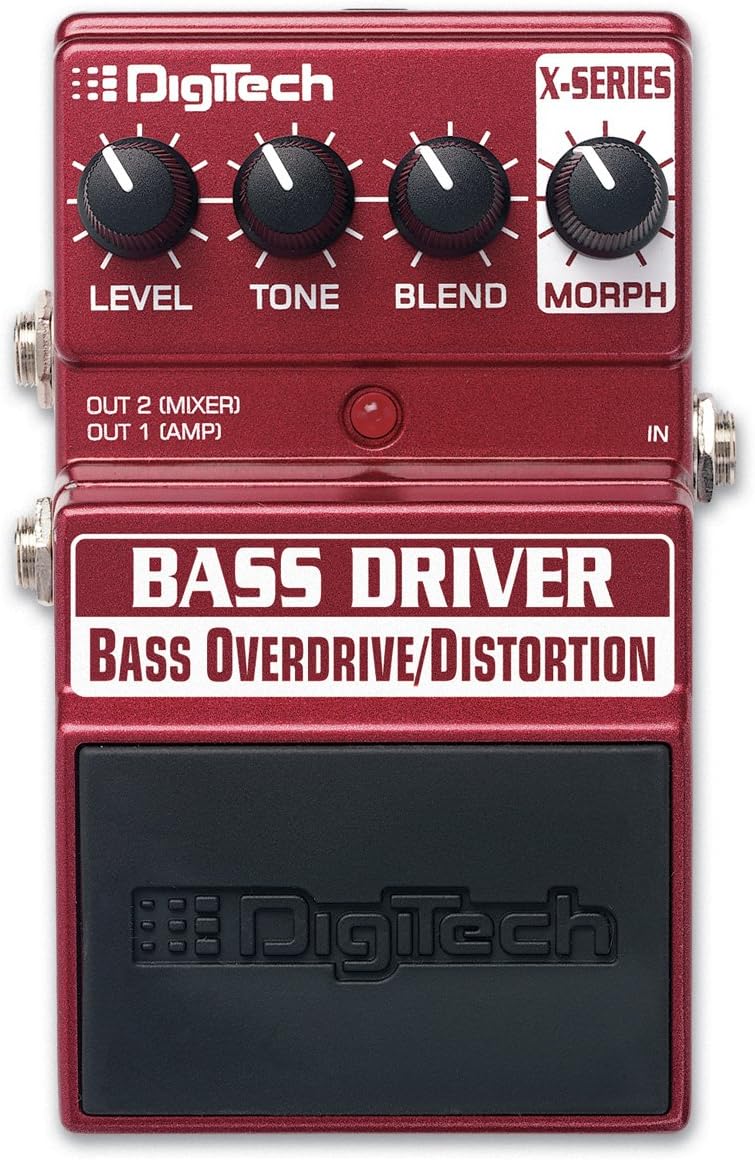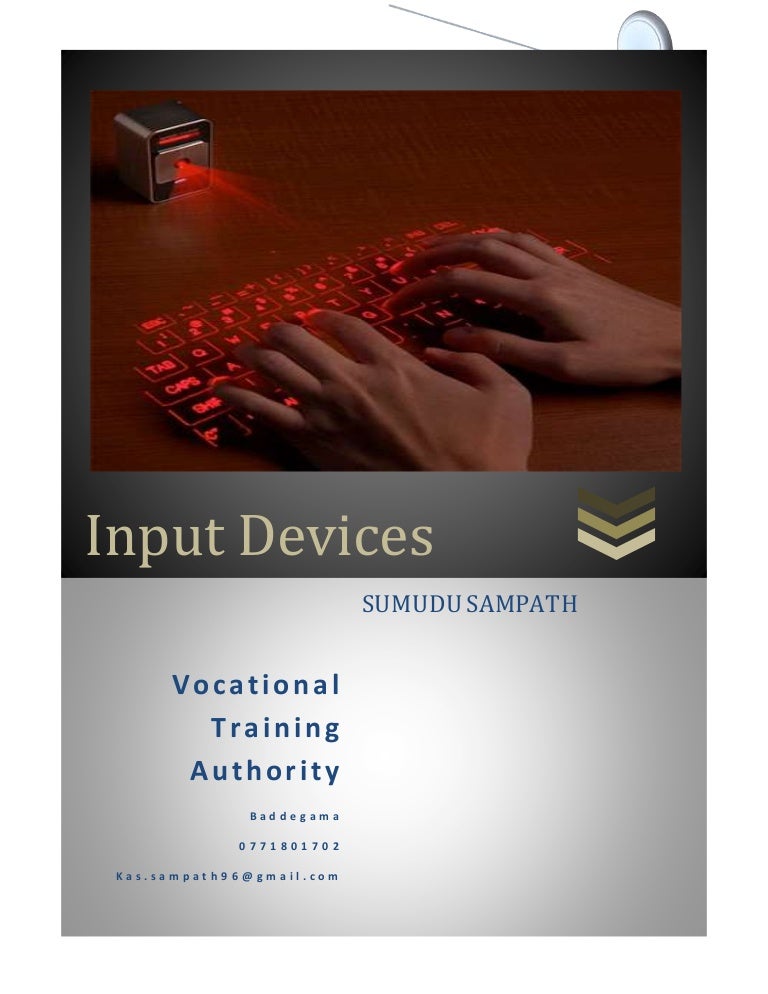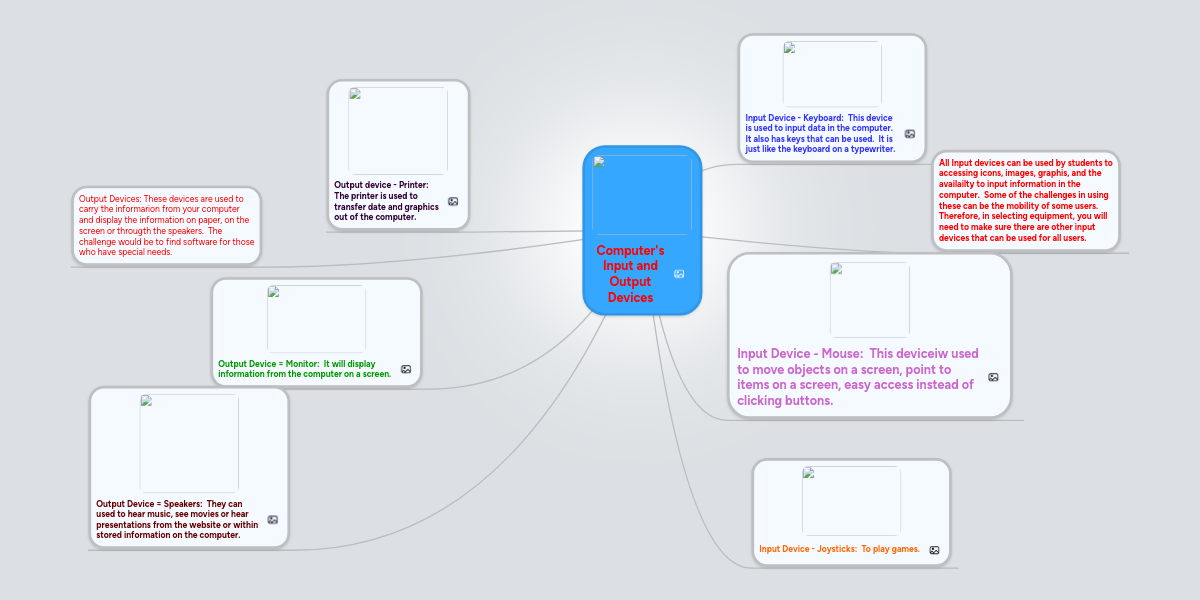-->
- Drivers Digitech Input Devices Drivers
- Input Devices Of Computer
- Drivers Digitech Input Devices Software
- Drivers Digitech Input Devices Download
Download Drivers, download Input Devices, download Logitech, wide range of software, drivers and games to download for free. Dta – Driver for DTA products. 32/64-bit device driver for DekTec PCI and PCIe cards. 18MB: Dtu – Driver for DTU products. 32/64 bit device driver for all DekTec USB adapters. 22MB: DtPcie – Driver for new DTA products. 64 bit device driver for new DekTec PCIe cards.

Find information on known issues and the status of the rollout for Windows 10, version 20H2 and Windows Server, version 20H2. Looking for a specific issue? Press CTRL + F (or Command + F if you are using a Mac) and enter your search term(s).
Windows 10, version 20H2 is available for users with devices running Windows 10, versions 1903 and higher who manually seek to “Check for updates” via Windows Update. The recommended servicing status is Semi-Annual Channel. Note We are slowly throttling up availability over the coming weeks to ensure a reliable download experience. As a result, the update may not be offered to you right away. For more details, see How to get the Windows 10 October 2020 Update. |
| Windows 10, version 20H2 is now available Find out how to get the update > | What’s new for IT pros Explore the latest features and servicing innovations in Windows 10, version 20H2 > |

Known issues
| Summary | Originating update | Status | Last updated |
|---|---|---|---|
| Some games might fail to open, or you might receive an error You might have issues with some Direct3D games when using in-game overlay feature of Discord. | OS Build 19042.1000 KB4598291 2021-02-02 | Resolved External | 2021-02-08 19:16 PT |
| Errors or issues during or after updating devices with Conexant ISST audio drivers Devices with affected Conexant ISST audio drivers might receive an error or have issues with Windows 10, version 2004. | N/A | Confirmed | 2021-01-22 13:43 PT |
| Errors or issues during or after updating devices with certain Conexant audio drivers Devices with affected Conexant or Synaptics audio drivers might receive a stop error with a blue screen. | N/A | Confirmed | 2021-01-05 17:37 PT |
| Automatic input of Furigana might not work as expected In certain circumstances, the automatic Furigana input/conversion feature may not work as expected in apps. | N/A | Mitigated | 2020-12-10 18:24 PT |
Issue details
February 2021
Some games might fail to open, or you might receive an error | ||
| Status | Originating update | History |
| Resolved External | OS Build 19042.1000 KB4598291 2021-02-02 | Last updated: 2021-02-08, 07:16 PT Opened: 2021-02-08, 06:29 PT |
Microsoft and Discord have found incompatibility issues with some games using Direct3D 12 when the in-game overlay feature of Discord is enabled. When attempting to open affected games you might receive an error, or the game might close silently. Affected platforms:
Workaround: To mitigate this issue, you can turn off the in-game overlay in settings within the Discord app. Resolution: This issue is now resolved in an update to the Discord app. To verify you're on the latest version, right click on the Discord icon in the notification area and select 'Check for updates...'. If there are updates to install, it should install automatically but you might need to select the arrow icon in the upper right corner of the app to install the updated version. There is no update for Windows needed to resolve this issue. | ||
December 2020
Automatic input of Furigana might not work as expected | ||
| Status | Originating update | History |
| Mitigated | N/A | Last updated: 2020-12-10, 06:24 PT Opened: 2020-12-03, 12:29 PT |
When using the Microsoft Japanese Input Method Editor (IME) to enter Kanji characters in an app that automatically allow the input of Furigana characters, you might not get the correct Furigana characters and might need to enter them manually. Note for developers: Affected apps are using the ImmGetCompositionString function. Workaround: To mitigate this issue, please follow the instructions in Revert to a previous version of an IME (Input Method Editor). Affected platforms:
Next steps: We are working on a resolution and will provide an update in an upcoming release. | ||

May 2020
Errors or issues during or after updating devices with Conexant ISST audio drivers | ||
| Status | Originating update | History |
| Confirmed | N/A | Last updated: 2021-01-22, 01:43 PT Opened: 2020-05-27, 12:22 PT |
Synaptics and Microsoft have found incompatibility issues with certain versions of drivers for Conexant ISST audio driver and Windows 10, version 2004 (the Windows 10 May 2020 Update). Windows 10 devices with affected Conexant ISST audio driver might receive an error or experience issues while installing the update or after the device has updated. The affected driver will be named Conexant ISST Audio or Conexant HDAudio Driver under Sound, video and game controllers in Device Manager and have file name uci64a96.dll through uci64a231.dll and a file version of 7.231.3.0 or lower. To safeguard your update experience, we have applied a compatibility hold on Windows 10 devices with affected Conexant or Synaptics audio drivers installed from being offered Windows 10, version 2004 or Windows Server, version 2004 until the driver has been updated. If your organization is using Update Compliance, the safeguard ID is 25178825. Affected platforms:
Workaround: To mitigate the safeguard, you might need to check with your device manufacturer (OEM) to see if an updated driver is available and install it. If updated drivers are not available for your device and you are offered Windows 10, version 2004 or Windows 10, version 20H2, a small number of devices might roll back to the previous version of Windows 10 when attempting to update. If this occurs, you should attempt to update to Windows 10, version 2004 or Windows 10, version 20H2 again. Next steps: Microsoft and Synaptics are working on a resolution and will provide an update in an upcoming release. As of January 14, 2021, we are adjusting this safeguard to allow certain devices with the affected driver to update to Windows 10, version 2004 or Windows 10, version 20H2. Note We recommend that you do not attempt to manually update using the Update now button or the Media Creation Tool until this issue has been resolved. | ||

Errors or issues during or after updating devices with certain Conexant audio drivers | ||
| Status | Originating update | History |
| Confirmed | N/A | Last updated: 2021-01-05, 05:37 PT Opened: 2020-05-27, 12:20 PT |
Synaptics and Microsoft have found incompatibility issues with certain versions of drivers for Conexant or Synaptics audio devices and Windows 10, version 2004 (the Windows 10 May 2020 Update). Windows 10 devices with affected Conexant or Synaptics audio drivers might receive a stop error with a blue screen during or after updating to Windows 10, version 2004. The affected driver will be named Conexant HDAudio Driver under Sound, video and game controllers in Device Manager and have versions 8.65.47.53, 8.65.56.51, or 8.66.0.0 through 8.66.89.00 for chdrt64.sys or chdrt32.sys. To safeguard your update experience, we have applied a compatibility hold on Windows 10 devices with affected Conexant or Synaptics audio drivers installed from being offered Windows 10, version 2004 or Windows Server, version 2004 until the driver has been updated. If your organization is using Update Compliance, the safeguard IDs are 25702617, 25702660, 25702662, and 25702673. Affected platforms:
Next steps: Microsoft and Synaptics are working on a resolution for safeguard IDs 25702617 and 25702660, and will provide an update in an upcoming release. Note We recommend that you do not attempt to manually update using the Update now button or the Media Creation Tool until this issue has been resolved. Resolution: This issue was resolved for safeguard IDs 25702662 and 25702673. The safeguard hold has been removed for these safeguard IDs as of December 11, 2020. Please note, if there are no other safeguards that affect your device, it can take up to 48 hours before the update to Windows 10, version 2004 or Windows 10, version 20H2 is offered. | ||
-->
This article clarifies some confusion that vendors have experienced about how hardware that complies with PCI Power Management (PCI-PM) interacts with device drivers in the operating system and about how PCI-PM integrates with ACPI. For more information, see https://www.uefi.org/specifications
Device drivers and PCI power management
This discussion assumes that you are familiar with how Windows Driver Model (WDM) drivers handle power management events, as described in the current Windows DDK. In general, the responsibilities for device drivers are as follows:
Bus drivers: Bus drivers are responsible for enumerating, configuring, and controlling devices. For PCI-PM, the PCI driver is responsible for reading the PCI-PM registers to determine the capabilities of the hardware. When POWER IRPs request power state changes, the PCI driver writes to the PCI power management registers to set the hardware to different Dx states.
When a device is enabled for wake-up, the PCI driver writes to PCI-PM registers to enable the device to fire PME (ACPI will also take an action, see the next section). Finally, when ACPI determines that the PCI bus is waking the system, the PCI driver scans PCI configuration space looking for which device is asserting PME, disables PME in that device, and notifies the driver for that device.
Device driver: The specific driver for the device is responsible for saving and restoring device context, and requesting power state changes as the policy owner for the device. When the device driver receives a POWER IRP requesting a lower device power state change, the device driver is responsible for saving any proprietary device context needed to later turn on the device. In some cases, there may be nothing to save.
Drivers Digitech Input Devices Drivers
PCI-PM registers are strictly the domain of the PCI driver--the IHV's device driver does not need to access any of these registers. Doing so would cause the system to not work reliably. The device driver's responsibility is to perform only proprietary actions.
Integrating ACPI and PCI PM
Some devices, particularly motherboard video devices in portables, may require both PCI Power Management as well as ACPI Source Language Assembler (ASL) to completely power manage the device. The PCI Power Management registers would control the internal state of a device, such as internal clocks and power planes. ASL would control the external state, such as external clocks and power planes, or in the case of video controllers, ASL would control the video backlights. Note that ASL and PCI-PM can only be combined on motherboard devices.
The OnNow architecture is a layered architecture, handling the integration of the device driver, PCI driver, and ACPI driver (and ASL) naturally. The following scenarios show the order in which drivers are called to handle these devices.

Note
For the above scenarios to work as described, a WDM driver must forward POWER IRPs correctly as described in the current version of the Microsoft Windows DDK.
Scenario 1: Turning off a device
- Device driver: Saves proprietary device state.
- PCI driver: Saves Plug and Play configuration, disables the device (interrupts and BARs), and puts the device in D3 using PCI-PM registers.
- ACPI driver: Runs ASL code (_PS3 and _OFF for power resources no longer in use) to control the state external to the chip.
Scenario 2: PCI power management and device drivers
- ACPI driver: Runs ASL code (_PS0 and _ON for any OnNow required power resources) to control the state external to the chip.
- PCI driver: Puts the device in D0 using PCI-PM registers and restores Plug and Play configuration (interrupts and BARs--these might be different from what the device was previously on).
- Device driver: Restores proprietary context in the device.
Scenario 3: Enabling wake-up
Input Devices Of Computer
- Device driver: Sets proprietary registers in the chip to enable wake-up. For example, in pattern matching network wake-up, this is when the patterns would be programmed into the adapter.
- PCI driver: Sets the wake-up enable bits in the PCI PM registers to allow the device to assert PME.
- ACPI driver: Enables the GPE in the chip set associated with PME (as described by the _PRW object listed under the root PCI bus).
Scenario 4: Wake-up
Drivers Digitech Input Devices Software
- ACPI driver: Wakes and scans the GPE status bits for wake-up events, disabling GPEs for set GPE status bits, and running any _Lxx or _Exx methods associated with set GPE bits. In response to a wake-up notification on the PCI bus, the ACPI driver will complete the PCI driver's WAIT_WAKE IRP to notify the PCI driver that it is waking the system.
- PCI driver: Scans configuration space looking for any devices with a set PME status bit. For each device, it disables PME and completes the WAIT_WAKE IRP for that device to inform the driver that it is asserting wake-up. The PCI driver stops scanning for wake devices when it has made a complete pass through all PCI devices having not found any asserting PME and when PME stops being asserted.
- Device driver: Requests the device be put in D0 (see scenario 2) and sets any proprietary registers in the chip required to handle the wake-up event.
Drivers Digitech Input Devices Download
Call to action on PCI power management and device drivers
- Integrate ACPI and PCI-PM capabilities into your devices as described in this article.
- The PCI Power Management specification is available at https://www.pcisig.com. This link leaves the Microsoft.com site.
- ACPI Specification available at https://www.uefi.org/specifications. This link leaves the Microsoft.com site.
- The ACPI Component Architecture (ACPICA) compiler can be found at https://acpica.org/downloads/binary-tools.